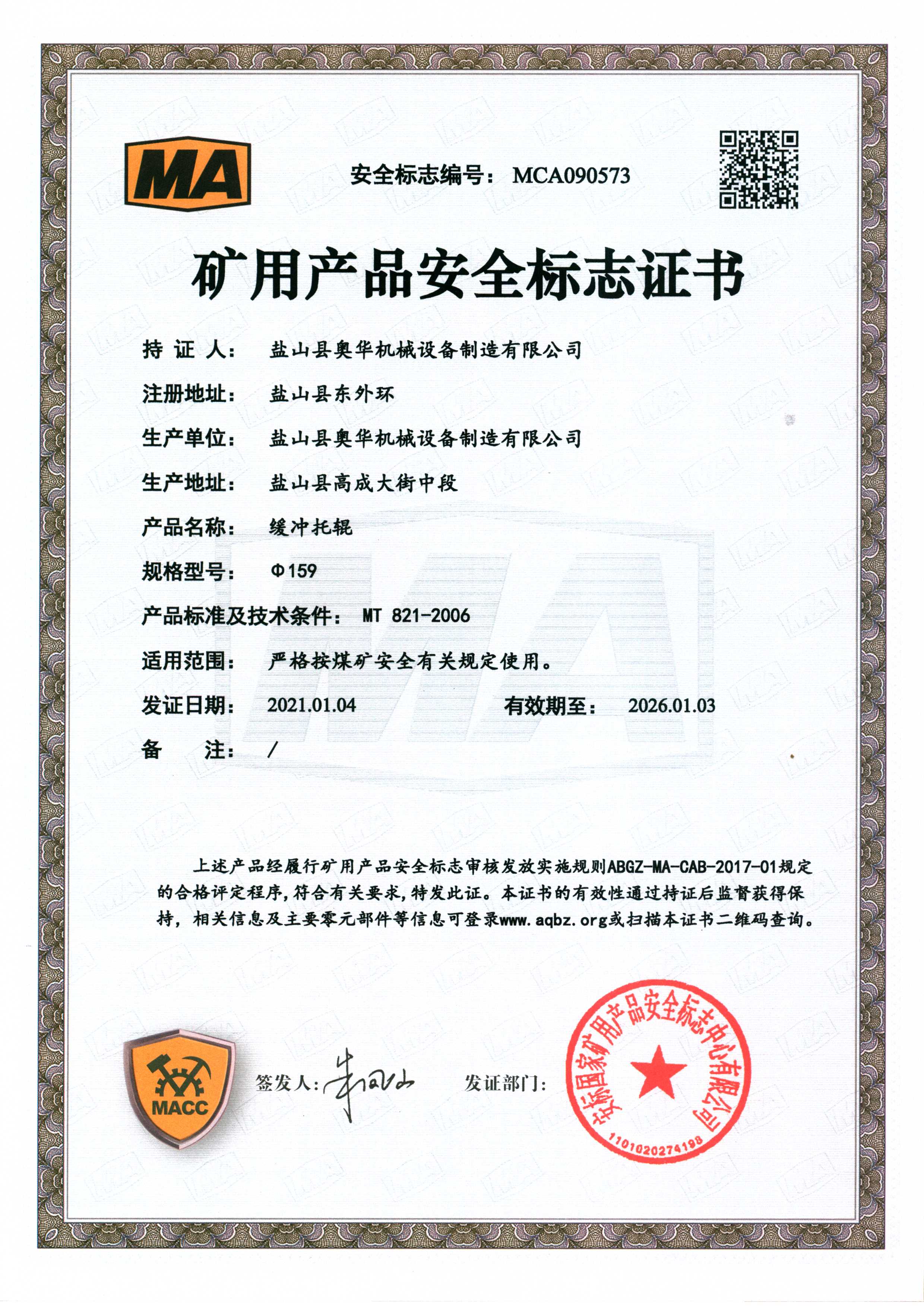 Afrikaans
Afrikaans  Albanian
Albanian  Amharic
Amharic  Arabic
Arabic  Armenian
Armenian  Azerbaijani
Azerbaijani  Basque
Basque  Belarusian
Belarusian  Bengali
Bengali  Bosnian
Bosnian  Bulgarian
Bulgarian  Catalan
Catalan  Cebuano
Cebuano  Corsican
Corsican  Croatian
Croatian  Czech
Czech  Danish
Danish  Dutch
Dutch  English
English  Esperanto
Esperanto  Estonian
Estonian  Finnish
Finnish  French
French  Frisian
Frisian  Galician
Galician  Georgian
Georgian  German
German  Greek
Greek  Gujarati
Gujarati  Haitian Creole
Haitian Creole  hausa
hausa  hawaiian
hawaiian  Hebrew
Hebrew  Hindi
Hindi  Miao
Miao  Hungarian
Hungarian  Icelandic
Icelandic  igbo
igbo  Indonesian
Indonesian  irish
irish  Italian
Italian  Japanese
Japanese  Javanese
Javanese  Kannada
Kannada  kazakh
kazakh  Khmer
Khmer  Rwandese
Rwandese  Korean
Korean  Kurdish
Kurdish  Kyrgyz
Kyrgyz  Lao
Lao  Latin
Latin  Latvian
Latvian  Lithuanian
Lithuanian  Luxembourgish
Luxembourgish  Macedonian
Macedonian  Malgashi
Malgashi  Malay
Malay  Malayalam
Malayalam  Maltese
Maltese  Maori
Maori  Marathi
Marathi  Mongolian
Mongolian  Myanmar
Myanmar  Nepali
Nepali  Norwegian
Norwegian  Norwegian
Norwegian  Occitan
Occitan  Pashto
Pashto  Persian
Persian  Polish
Polish  Portuguese
Portuguese  Punjabi
Punjabi  Romanian
Romanian  Russian
Russian  Samoan
Samoan  Scottish Gaelic
Scottish Gaelic  Serbian
Serbian  Sesotho
Sesotho  Shona
Shona  Sindhi
Sindhi  Sinhala
Sinhala  Slovak
Slovak  Slovenian
Slovenian  Somali
Somali  Spanish
Spanish  Sundanese
Sundanese  Swahili
Swahili  Swedish
Swedish  Tagalog
Tagalog  Tajik
Tajik  Tamil
Tamil  Tatar
Tatar  Telugu
Telugu  Thai
Thai  Turkish
Turkish  Turkmen
Turkmen  Ukrainian
Ukrainian  Urdu
Urdu  Uighur
Uighur  Uzbek
Uzbek  Vietnamese
Vietnamese  Welsh
Welsh  Bantu
Bantu  Yiddish
Yiddish  Yoruba
Yoruba  Zulu
Zulu Understanding the Benefits and Applications of Tapered Roller Bearings in Machinery
Understanding Tapered Roller Bearings Essential Components in Modern Engineering
Tapered roller bearings are an integral component in a vast array of mechanical systems, providing crucial support and functionality in applications that demand high load-carrying capacity and precision. They are specifically designed to accommodate both radial and axial loads, making them highly versatile for various industries including automotive, aerospace, and machinery manufacturing.
Design and Structure
The defining feature of tapered roller bearings lies in their unique design. Each bearing consists of an inner ring, an outer ring, tapered rollers, and typically a cage. The tapered rollers are shaped like a truncated cone, which facilitates better contact with the raceways of the inner and outer rings. This conical shape allows for the load to be evenly distributed across the bearing surfaces, thus reducing stress and enhancing performance.
The contact angle formed between the rollers and the raceways is also significant. A larger contact angle enables the bearing to carry more axial load, making it suitable for applications with high axial thrust. Conversely, a smaller contact angle provides better radial load handling. This adjustability in load handling is one of the reasons tapered roller bearings are utilized in a variety of engineering applications.
Applications and Advantages
Tapered roller bearings are extensively used in various applications. In the automotive industry, they are commonly found in wheel hubs and transmissions, where they support the weight of the vehicle while allowing for smooth rotational movement. In industrial machinery, these bearings are employed in gearboxes, electric motors, and conveyor systems, ensuring reliable operation under challenging conditions.
tapered roller

One of the primary advantages of tapered roller bearings is their ability to support heavy loads. They are engineered to sustain both radial and axial forces, making them ideal for applications where such forces can be significant. Additionally, their design contributes to improved durability and longevity, minimizing the need for frequent maintenance and replacements, which can lead to significant cost savings over time.
Another notable benefit is their versatility. Tapered roller bearings come in various sizes and configurations, allowing engineers to select the most suitable bearing for specific applications. This adaptability extends their usability across different sectors, from automotive to heavy machinery and even in specialized areas such as wind turbines.
Considerations for Selection and Maintenance
When selecting tapered roller bearings, several factors need to be considered, including load requirements, operating conditions, and allowing for alignment and installation precision. Proper installation is critical, as misalignment can lead to premature bearing failure. Therefore, manufacturers often provide specific guidelines to ensure correct assembly.
Furthermore, regular maintenance is essential to ensure the longevity of tapered roller bearings. This includes monitoring lubrication levels and checking for signs of wear or damage. Proper lubrication is vital, as it reduces friction and heat generation, prolonging the life of the bearings. Engineers and technicians must also ensure that the bearings are properly sealed to prevent contamination from dirt and moisture.
Conclusion
In conclusion, tapered roller bearings play a vital role in modern engineering, offering a combination of strength, precision, and durability. Their unique design makes them indispensable in applications requiring the management of complex load demands. As technology continues to advance, the development and improvement of tapered roller bearings will remain critical to innovating and enhancing machinery across numerous industries. Understanding their functionality and maintenance will contribute to better performance and reliability, ensuring that engineered systems operate smoothly and efficiently.
-
Revolutionizing Conveyor Reliability with Advanced Rubber Lagging PulleysNewsJul.22,2025
-
Powering Precision and Durability with Expert Manufacturers of Conveyor ComponentsNewsJul.22,2025
-
Optimizing Conveyor Systems with Advanced Conveyor AccessoriesNewsJul.22,2025
-
Maximize Conveyor Efficiency with Quality Conveyor Idler PulleysNewsJul.22,2025
-
Future-Proof Your Conveyor System with High-Performance Polyurethane RollerNewsJul.22,2025
-
Driving Efficiency Forward with Quality Idlers and RollersNewsJul.22,2025





























